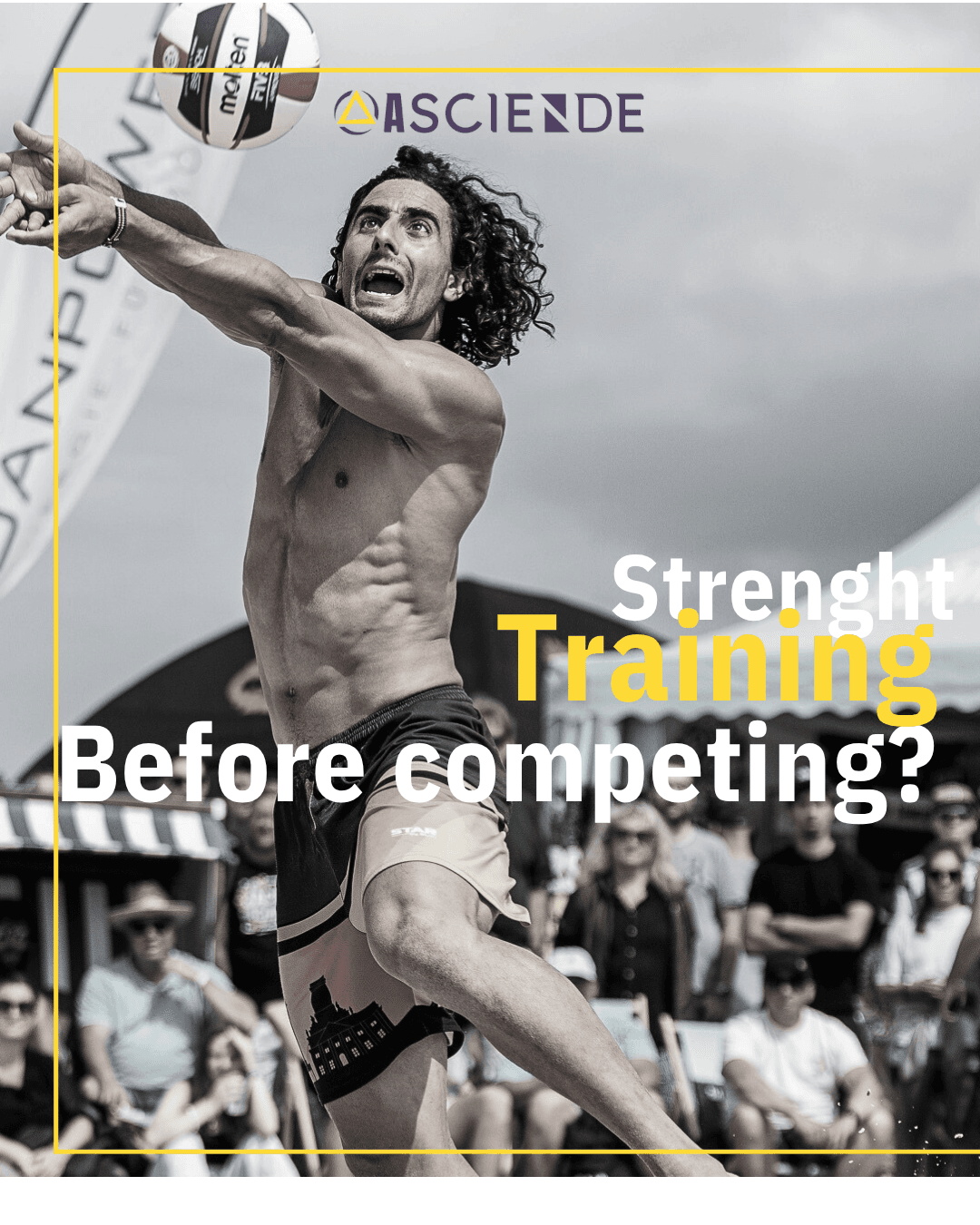
Is it a good idea to train strength right before competing?
The quick answer is yes—but only if it’s done correctly.
Understanding the how, when, and why can dramatically impact your performance.
This isn’t just a question for runners or football players. Coaches, athletes, and sports scientists all face the same dilemma. And the reality is: many people still think of strength training as something that causes fatigue, not performance.
➡️ That’s the first mistake we must fix.
💥 The Mistake of Training Like a Bodybuilder When You’re Not One
For decades, strength training has been heavily influenced by bodybuilding logic—training for muscle growth (hypertrophy):
- Sets to failure
- High rep ranges
- Excessive volume
- Focus on muscle “pump”
While this approach has its place, it’s not suited for sports performance.
In fact, if you train this way before competition, chances are you’ll feel slower, less reactive, and mentally drained.
The issue is not strength.
The issue is how you train it.
⚡️ Strength Can Activate You—Not Just Fatigue You
Performance science shows that certain types of strength training can stimulate your nervous system, leading to enhanced power, reaction speed, and explosiveness before competition.
This effect is called:
Post-Activation Performance Enhancement (PAPE)
PAPE refers to the short-term physiological boost you get when your nervous system is “primed” by a properly designed strength stimulus.
✅ Low volume
✅ High intent
✅ Few reps
✅ Technical or ballistic exercises
When done right, you don’t feel exhausted—you feel sharp, ready, and competitive.
📚 What Does the Science Say?
🔹 Cuenca-Fernández et al. (2020) conducted a systematic review and meta-analysis showing that explosive strength protocols can enhance sprinting and vertical jump performance.
🔹 Dobbs et al. (2021) analyzed how load, rest intervals, and exercise type influence the effectiveness of PAPE strategies.
🔹 Seitz & Haff (2016) concluded that under the right conditions, PAPE can enhance strength and speed-related performance.
These effects have been documented in sports like rugby and throwing disciplines, where athletes sometimes lift heavy or explosive just hours—or even minutes—before competing.
🏋️♂️ What Kind of Strength Work Is Ideal Before Competing?
Here are some common neuromuscular activation methods used by elite athletes:
- Power cleans or snatches at 60–70% of your 1RM
- Squats at maximal velocity (avoiding failure)
- Reactive box jumps or plyometrics
- Medicine ball throws
The goal isn’t to build muscle or break down tissue—it’s to activate your nervous system and walk away faster, sharper, and more focused.
❌ If You Keep Training Like a Bodybuilder, You Won’t Perform Like an Athlete
There’s a big difference between training to look good and training to compete well.
If your goal is high performance, you need to understand that stimulus drives adaptation—and not all strength work is created equal.
📩 Ready to Apply This to Your Sport?
Whether you already compete or you’re just preparing for it, adapting your strength work could be the key to performing better without training more.
👉 Message me.
I’ll help you implement this strategy in a way that works for your sport and your current level.
Performance science is not just for professionals—it’s for anyone ready to take the next step.



0 responses on "Strength Training Before Competition: Risk or Advantage?"